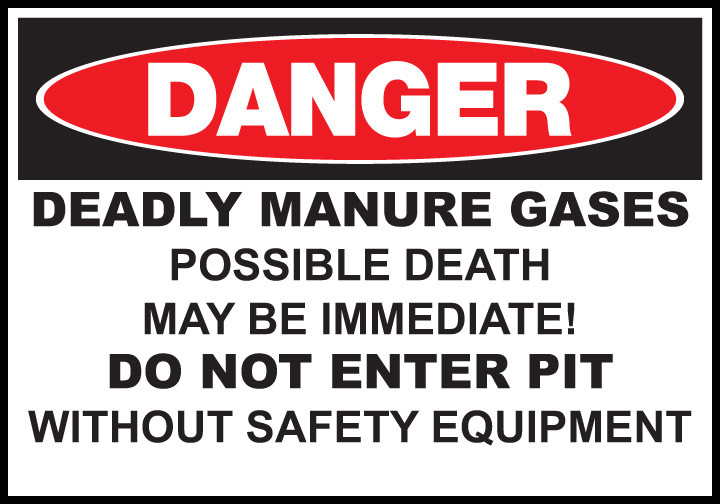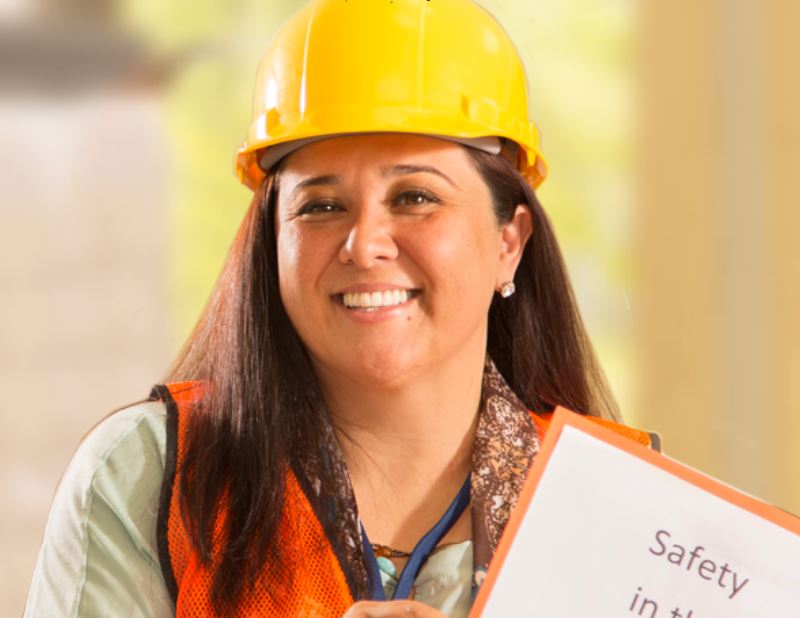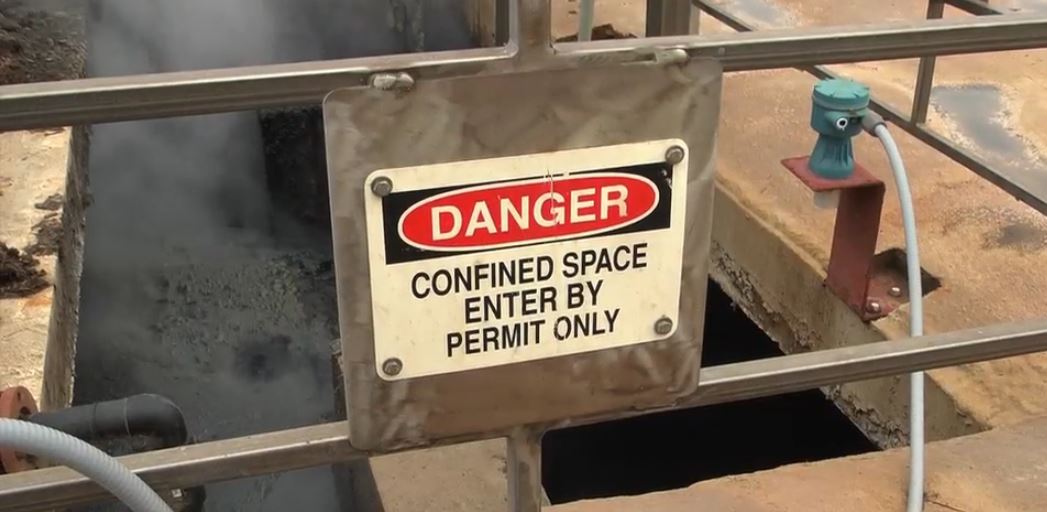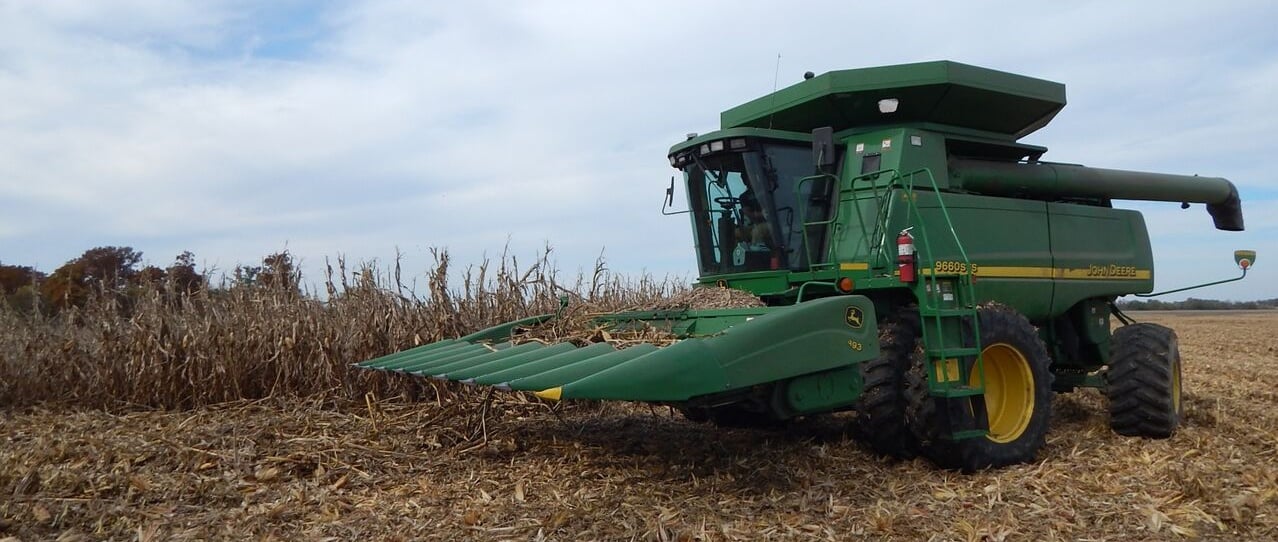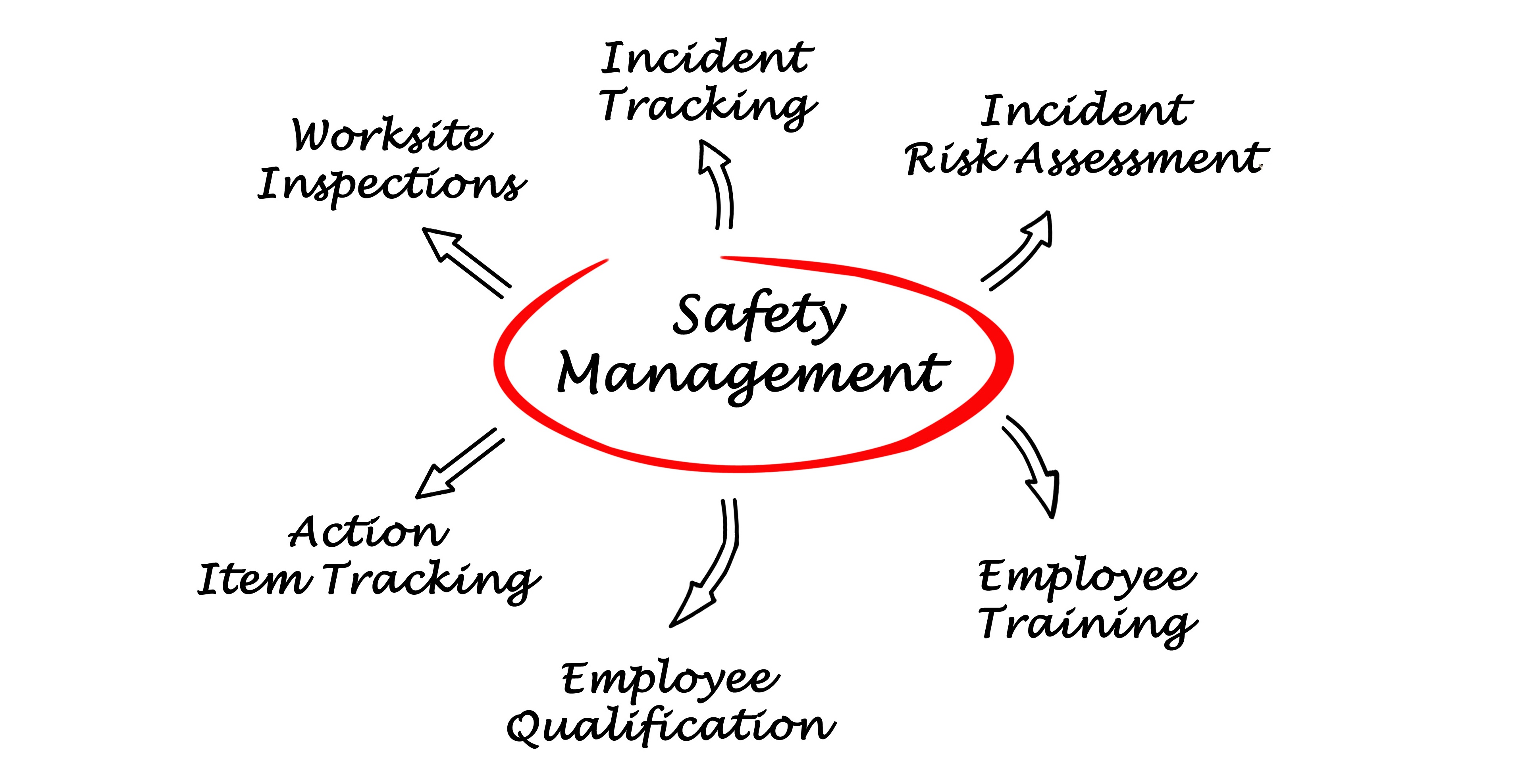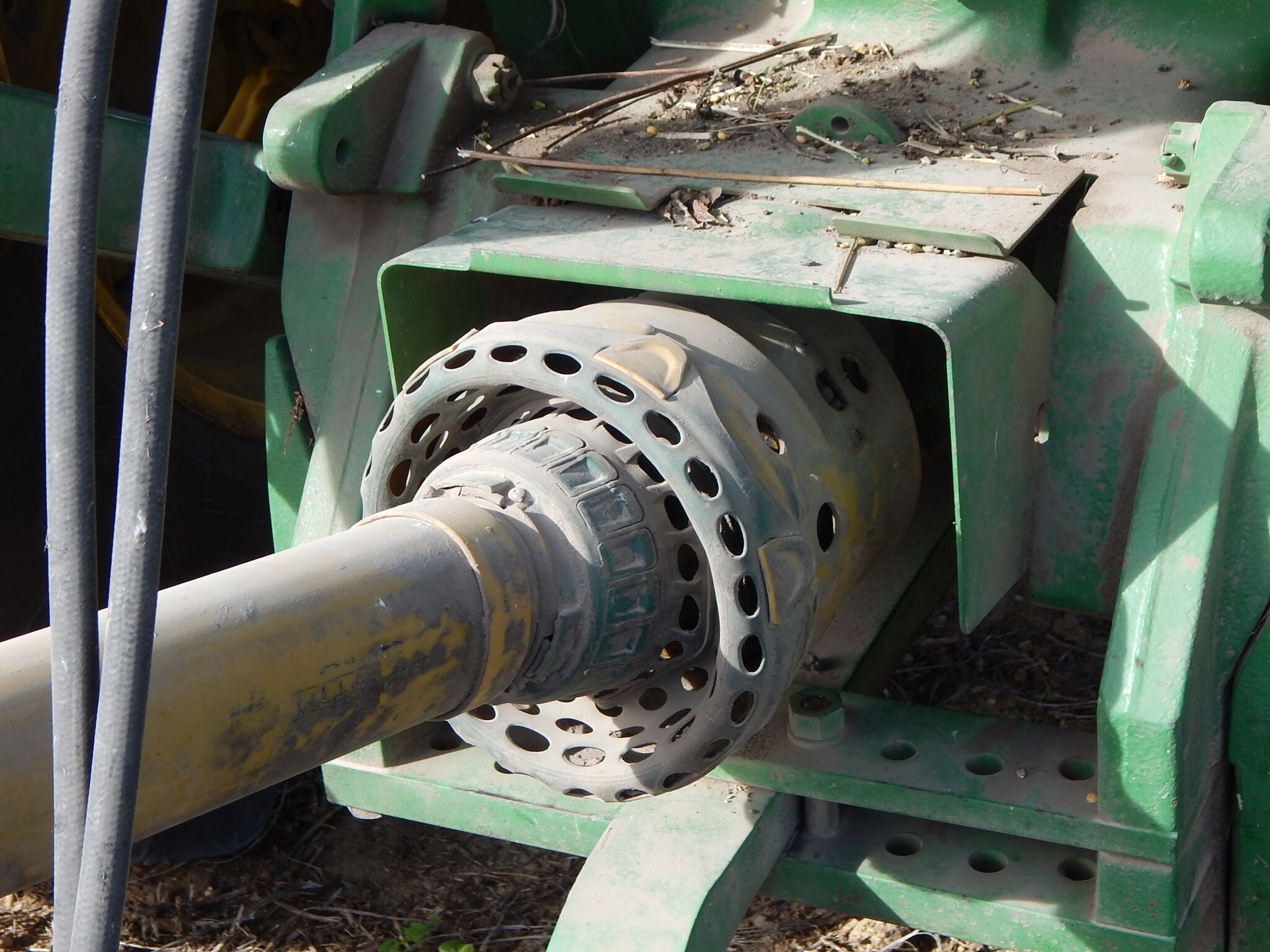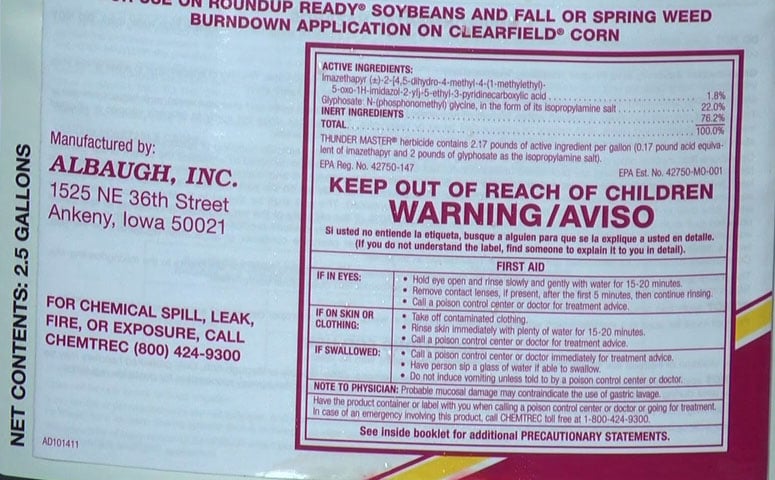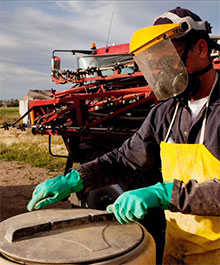Manure pits are changeable and unpredictable. This is the time of year that we need to be assessing the dangers of working in manure pits and brush up on our knowledge of hazardous gases. During late summer and fall there is increased risk as producers are emptying pits, so it's very important that everyone who works in or around manure storage (tanks, pits, and lagoons) understands how to identify hazardous gases and the proper procedures for working in them.
Topics: confined spaces, hazard communication, manure pit
The main goal of a safety and health program is to prevent workplace injuries, illnesses and fatalities, as well as the suffering and financial hardships these events can cause workers, their families and your operation. I believe we can all agree with that as the ideal.
From the feedback we received from recent surveys, HR directors and safety managers are looking for more information on job hazard analysis and hazard identification. I’m going to embark on a 4-part series addressing hazards to help further your understanding. By reading this blog, you'll:
- have better insights into different aspects of hazard analysis
- understand the role that hazard analysis play in a solid safety and health program.
Topics: safety training program, hazard communication, hazard analysis
OSHA Inspection - What Will They Be Looking For? (PART 3 of 3)
This is the final part of a 3 part series on OSHA inspections. If you have not read the previous parts, go back and do that:
Click here for Part 1 - Why would OSHA pay me a visit? and click here for Part 2 - What to do when they show up?.
Can you pass these 5 commonly cited areas with your operation?
On my last post; OSHA Inspection – What to do when they show up (part 2) we covered things to know prior to an OSHA inspection. In this blog I want to address what OSHA might be looking for when they arrive for an inspection.
Topics: confined spaces, lockout-tagout (LOTO), machine guarding (PTOs/augers), OSHA inspections & violations, hazard communication, personal protective equipment (PPE), hazard analysis
Now is a great time to assess manure pit dangers and bone up on identifying hazardous gases as fall approaches. Many deaths happen late summer and fall when crops come off and producers are emptying pits. Everyone who works in or around manure storage (tanks, pits & lagoons) should understand manure gas hazards. A good resource for information is the Great Plains Center for Agriculture Health fact sheets at www.gpcah.org.
Topics: hazard communication, manure pit
When you and your harvest crew gear up for fall harvest, we hope you first follow our tips on how to prep your farm for this season. After you have, take a look at these common combine hazards, so you're as safe as possible on the job.
Topics: tractors, hazard communication, combines
Hazard Assessment: How to find the high risk safety issues on your farm
Compared to other industries, farm work is the most dangerous of all. Every year, more than 480 people in the US are killed performing ag-related jobs. Hundreds more are seriously injured. According to OSHA, it is the employer’s responsibility to evaluate the workplace and ensure a risk-free environment.
Topics: hazard communication, hazard analysis
Employees and seasonal workers come from many sources to be employed in the agricutural industry. Many agricultural workers have had no exposure to the agricultural workplace. Regardless of how workers come to work for you, all workers need to know how to do their jobs safely.
Topics: machine guarding (PTOs/augers), agriculture, hazard communication, farm
It’s not enough just to know what to do in the event of an emergency, or how to protect yourself while working in the field or around your operation. An important component of ag safety is knowledge and information. Clear and effective communication of the potential hazards of your operation goes a long way toward reducing or eliminating the risk of an accident.
Topics: hazard communication
Chemicals are a fact of life in agriculture. We use them everywhere for almost everything. So it’s important to know the best practices for handling them carefully, storing them safely, and what to do in the event of unexpected exposure.
Topics: hazard communication, chemicals
Hazard Assessment: How to find the high risk safety issues on your farm
Compared to other industries, farm work is the most dangerous of all. Every year, more than 480 people in the US are killed performing ag-related jobs. Hundreds more are seriously injured. According to OSHA, it is the employer’s responsibility to evaluate the workplace and ensure a risk-free environment.
Topics: hazard communication, hazard analysis

